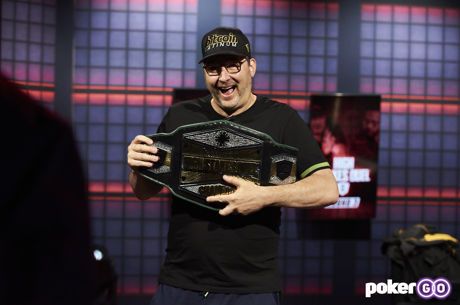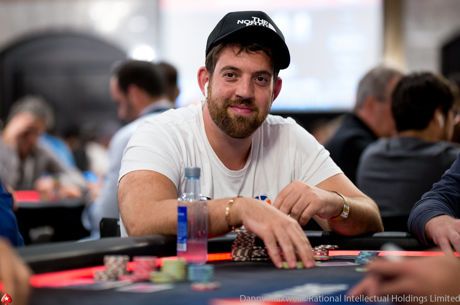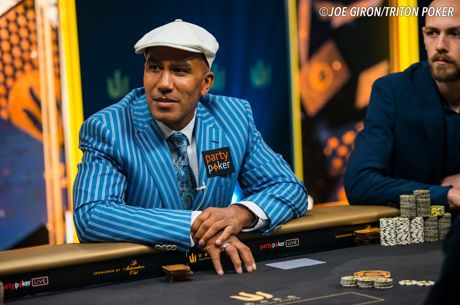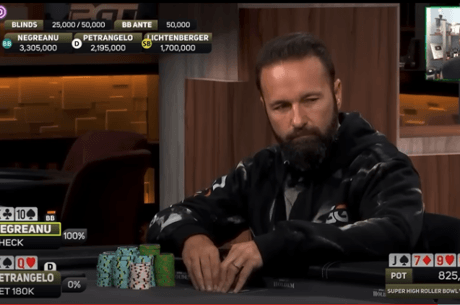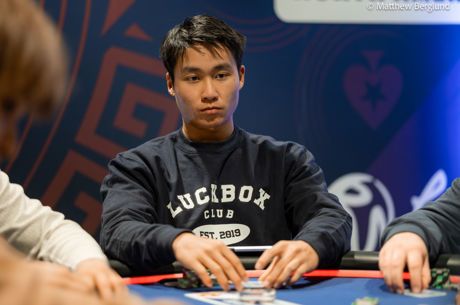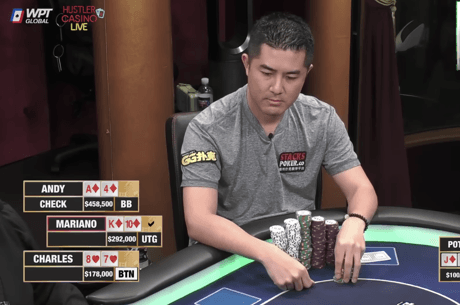How To Navigate Tough Poker Spots Feat. Poker Vlogger Jaman Burton
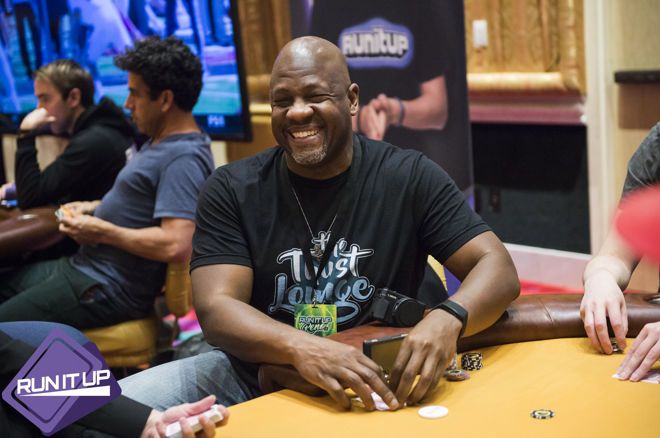
How often do you find yourself in a tough spot playing cash game poker?
Today we follow a hand from Poker Vlogger Jaman Burton as he tries to navigate an increasingly dangerous board. This is a spot that you will find yourself in constantly, so make sure you take notes.
The $2-$5 NLH hand from the Bellagio began when Burton ($500) opened for $15 from the cutoff holding the J♦10♦ and the player on the button called. Both blinds called and it was four-way action to the flop. Remember, when playing in multiway pots you do not need to win as many pots to be profitable.
When the flop fell 10♥2♠5♥, both blinds checked and Burton bet $35 with top pair. In the vlog, Burton said even if he didn’t have top pair he would likely bet with a lot of hands. I don’t think that’s necessarily ideal. From a GTO perspective, it’s definitely not ideal. You should proceed more cautiously when there are multiple players in the pot.
Against strong opponents that can put you in tough spots, you should also be more cautious when deciding whether to continuation-bet. Most players in low-stakes cash games do not raise often enough when they are out of position, which allows you to continuation-bet more frequently.
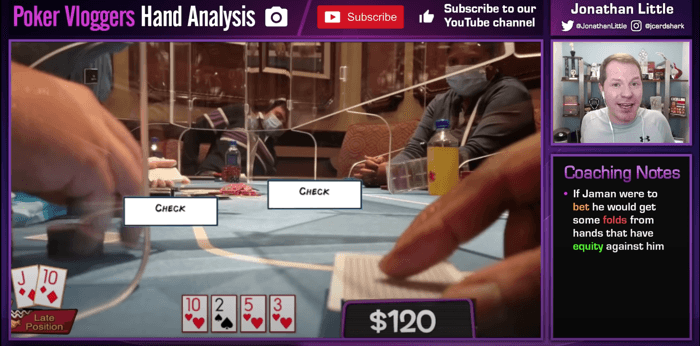
When you believe there is a low risk of getting raised you should look to bet hands that have backdoor equity as this will create more opportunities to win bigger pots if you were to improve. However, be sure to protect your checking range by occasionally mixing in some checks with your stronger hands. If you’re always betting top pair and strong draw, what does that mean for your checking range? It means you’re checking pocket nines or worse, so if that’s your range when you check, you become really easy to play against.
You should make sure that you are keeping your play balanced at all times to avoid becoming easily exploited by strong players that are paying attention.
The player on the button called, both blinds folded, and the dealer burned and turned the 3♥. Burton checked and his opponent did the same. I don’t mind Burton’s check, but I also think it’s pretty reasonable to go for a bet here. If he were to bet he would get some folds from hands that have equity against him. If your opponents are straightforward and unlikely to trap with their premium made hands a bet in this spot is preferable.
Always try to stay consistent with how you approach any given spot to avoid becoming exploitable. Also, remember you can bet wider for thin value when you have more nutted hands in your range than your opponents. Conversely, in a game where your opponents are rarely bluffing, you should be prepared to fold your marginal made hands when the board texture changes and they show a lot of aggression.
The river was the 2♦, which paired the board. What would you do in Burton’s shoes here?
- Check/Call
- Check/Fold
- Bet $50 (small)
- Bet $120 (big)
In this spot, Burton can check-call any reasonable bet after he has checked the turn and river, which could induce a bluff from his opponent. However, I think the play here is to make a small bet like $50. Against a straightforward opponent, Burton can choose to bet whatever he believes would extract value from worse hands and he can comfortably fold if his opponent decides to raise.
This is a spot where I would go with a small $50 bet most of the time. As played, Burton has enough bluffs in his range which allows him to bet for thinner value on this river. Burton did go for a bet, albeit $75. His opponent quickly min-raised to $150, and remember what I always say – when people raise you on the river, unless they’re insane, they’re going to show up with a really good hand. Burton seemed to know this and released his hand. It was the right move as his opponent showed the A♥4♥ for the flush.
For more on this hand, check out my breakdown in the following video:
Jonathan Little is a professional poker player and author with over $7,000,000 in live tournament earnings. He writes a weekly educational blog and hosts a podcast at JonathanLittlePoker.com. Sign up to learn poker from Jonathan for free at PokerCoaching.com. You can follow him on Twitter @JonathanLittle.

